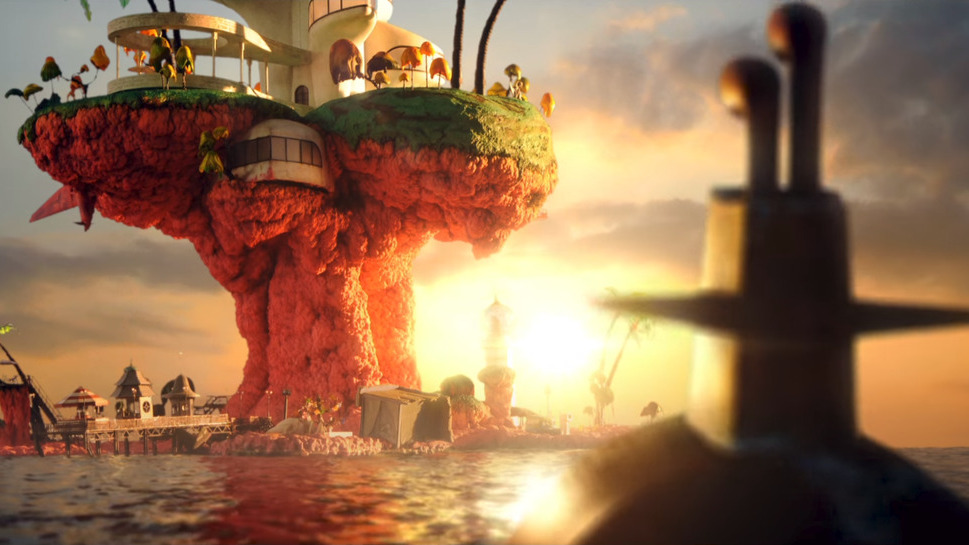When I was small, my ǧáǧṃ́p (grandfather) would set about the serious business of food gathering with my cousins and me in the late spring. Everyone in the family had a role in our food harvests and backyard cannery, and the children’s role came early in the salmon season. As children, we believed the whole success of the harvest, not only of berries but also of the salmon that soon followed, depended on our performance. Our ǧáǧṃ́p would furnish us with buckets, hammer nails into the ends of long, split cedar sticks, and gravely send us off on a mission to find ǧúláli (salmonberries). We’d seek out the best bushes around the village where we live, searching for the raspberry-like berries that thrive, as we do, in the bright and salty transition spaces between Pacific Ocean spray and coastal temperate rainforest. […]
My favorite moment came in the years when my ǧáǧṃ́p would nod to himself and make the official pronouncement: “It’s going to be a good year for salmon.” In that moment, we felt like little harbingers of hope. […] We learn about this nourishing interrelationship early in our lives and it goes on to pattern our worldview. […]
Salmonberry ecology aligns beautifully with the spaces that my ancestors loved to be in. The plant thrives in cool, moist coastal forests and along the lush banks of streams and rivers that pulse like deep, green arteries through our homelands. If you find a place where salmonberries, salmon, and clear, fresh water overlap, you will also find culturally modified trees – usually western red cedar, carrying the marks from planks or cedar bark strips harvested without harming the living tree – and other love notes from our ancestors left on the land for us.
As Robin Wall Kimmerer writes in her book Braiding Sweetgrass, “all flourishing is mutual.” And here in Haíɫzaqv territory, all these elements—people, place, salmon, and salmonberries – can be found surviving or thriving only through our mutual care: we observe the bloom and abundance of flowers and berries as we await the coming salmon, then we Haíɫzaqv, and other mammals of the territory, fertilize those salmonberry bushes with salmon remains […].
In my mind, salmonberries have always embodied community: their flowers nurture pollinators and their berries feed creatures of every size, winged and limbed. Salmon, laid at their feet, attract teeming insects to nestle into the soil and among the fallen leaves in the undergrowth. […] In their ecology, their poetry, and their lessons about reciprocity, wild salmonberry thickets, and the salmonberry gardens we actively tend, are home to diversity and abundance […].
Western science is a curious little sister on this coast, mapping ideas and observations in spaces where Indigenous science has been foundational to kinship-building and ecological balance for millennia. As Indigenous stewards and scientists, we have much we can teach this little sister. […]
A recent paper published in Ecosphere, on research conducted in Haíɫzaqv territory and citing Haíɫzaqv knowledge holders, investigates how salmon and the nutrient subsidies they bring into riparian systems impact the reproductive output of plants, focusing on salmonberries in particular. […]
One variable missing from the paper is the role human beings have historically played in helping salmon and salmonberries to thrive. Prior to European contact, Haíɫzaqv people lived in more than 50 villages spread across more than 35,000 square kilometers of homelands on the outer central coast of British Columbia. […] Haíɫzaqv people loved systems into abundance: salmon were tended through ceremony and careful sustainable fisheries through weirs in the rivers and stone fish traps at the river mouths, while berry orchards, including salmonberry thickets, were fertilized with kelp and wood ash, crushed shells, and the blood and guts of the salmon that fed us.
As colonization decimated our populations and decades of racist laws and policies regulated us away from our homelands and ancestral practices, our ability to care for our territory was threatened. […]
Western science, as a practice, is not insular and unassailable. It is inherently human, a practice conducted by people who bring values and biases as a framework to everything they do. Indigenous science has its frameworks, too; though our peoples are often trivialized or romanticized as “the original environmentalists,” the truth is that proper stewardship requires constant reaffirmation through the choices we make about what knowledge becomes part of our systems, how it is passed down, and how it is actualized through kincentric community-building and deep care for the lands and waters. […]
There is a lot that science, any iteration of science, can learn from salmon and salmonberries […]. Salmonberries patiently amplify that richness into whole thriving systems. There are patterns and stories waiting to be read and interpreted […].
And beyond the science, salmon forests and salmonberry gardens – and our plant and animal kin within them – teach us critical lessons about mutual aid and community care. […] My children will be watching for the pink blossoms to unfurl […]. The stewardship pathways they are building with salmon, salmonberries, and our other nonhuman kin open them to lessons about reciprocity and interdependence that I know will inspire patience and careful observation.
——-
Headline, images, captions, and text published by: ‘Cúagilákv (Jess Housty). “Thriving Together: Salmon, Berries, and People.” Hakai Magazine. 27 April 2021.

